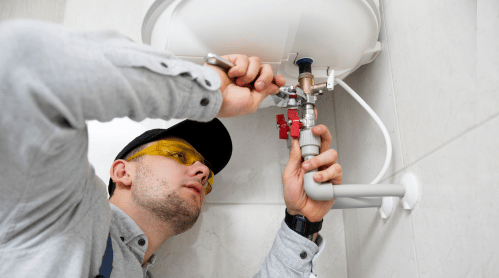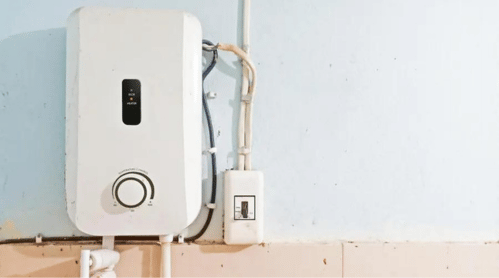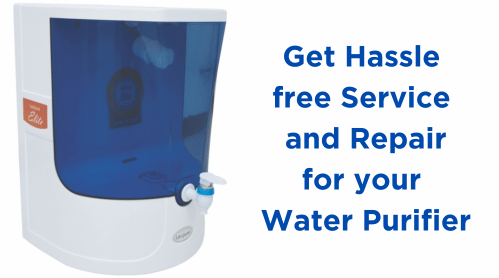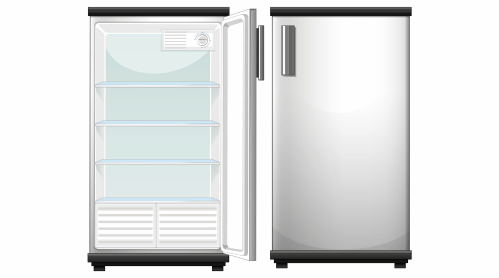Solution
If you want to get your Geyser repair, you can book a SERVIZ Geyser repair package for just Rs. 349/- only. We offer our quick and reliable Geyser repairing, maintenance, installation, and uninstallation services all over India. You don’t have to search for ‘geyser repair service near me’ ‘electric geyser repair near me’ or ‘geyser servicing near me’ with SERVIZ here.
Yes, SERVIZ offers a 30 days warranty on your VGuard geyser repair and other brands of geyser repair too. You can book services such as geyser repair, geyser service, geyser installation, geyser uninstallation from our app or website. You can schedule your geyser repair and geyser installation request at your convenient time from anywhere.
Booking Geyser service near you through SERVIZ is quick and easy. In few easy steps you can schedule a geyser service, geyser repair, or geyser installation. Go to the SERVIZ website or SERVIZ app, available for download on Android. Provide your location details or search on google “geyser service near me” or “geyser repair near me” to find SERVIZ. Browse through the available geyser services, which may include geyser installation and geyser repair. Enter essential details about your geyser, such as its brand, model, and any specific issues you are experiencing. Select a convenient date and time for the geyser service. You can easily book geyser service, geyser repair, or geyser installation service with us. Use “geyser service,” “geyser repair near me,” and “geyser installation near me” to land on our website.


 Brand
Brand
 Sub Category
Sub Category









